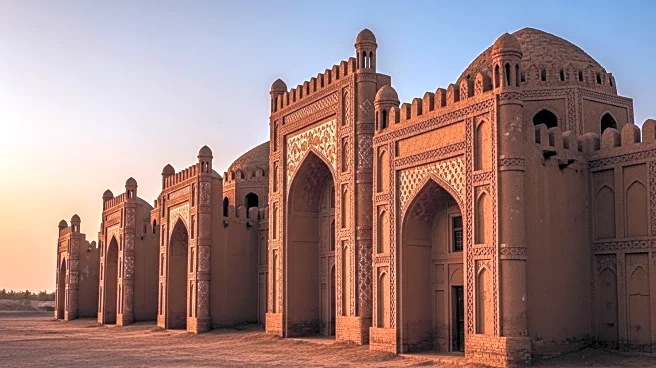What is the story about?
The Alhambra's history is a fascinating journey through time, marked by significant events and transformations. From its origins as a Moorish fortress to its status as a royal palace, the Alhambra's timeline reflects the dynamic changes in Granada's political and cultural landscape.
Origins
The origins of the Alhambra date back to the mid-14th century when the Nasrid rulers of Granada began constructing the fortress complex. The site was chosen for its strategic location on a hilly terrace, providing natural defenses and commanding views of the surrounding area. The initial construction included palaces, gardens, and fortifications, establishing the Alhambra as a self-contained city.Key Phases
Throughout its history, the Alhambra underwent several key phases of development. The addition of the Palace of the Lions by Muhammad V marked the apogee of Nasrid architecture, characterized by intricate designs and innovative use of space. The complex continued to evolve, with new palaces and structures added by successive rulers.Turning Points
A major turning point in the Alhambra's history occurred in 1492 when Granada was conquered by the Catholic Monarchs of Spain. The Alhambra became a royal palace, and significant modifications were made to accommodate the Spanish monarchy. The signing of the Alhambra Decree and Christopher Columbus's presentation of his plans were pivotal events during this period.Present Status in Source
Today, the Alhambra stands as a UNESCO World Heritage Site, attracting millions of visitors each year. Its preservation and restoration efforts ensure that the complex remains a symbol of cultural heritage and architectural excellence. The Alhambra continues to be a focal point for historical research and tourism.AI Generated Content
Do you find this article useful?














